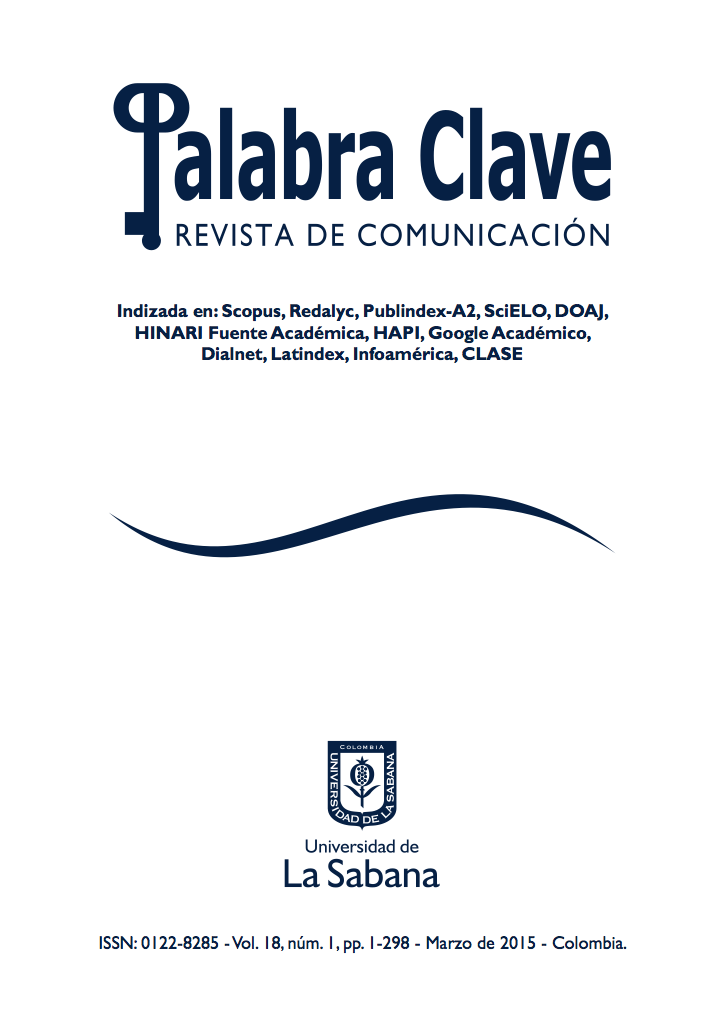The Experience of War on the Screen: The Landing at Omaha Beach in Saving Private Ryan
Keywords:
Film, filming, historical film, qualitative (Source, Unesco Thesaurus).Abstract
Hollywood cinema has given informal testimony to war, particularly World War II. Saving Private Ryan, a 1998 war film directed by Steven Spielberg, broke the naturalist and romantic model of this sub-genre. Based on the testimony of veterans, it is not a film about the development of a military operation; instead, it is a hyperealistic reproduction of combat and the daily rigors war. It gives audiovisual form to the individual memory and experience of veterans, who were not usually part of the institutional account of the war and its earlier portrayals on the silver screen. This paper offers a stylistic analysis of the sequence in Saving Private Ryan that is most applauded for its effect and artistic value: the D-Day landing on Omaha Beach. It describes the resources used in its planning, sound and editing. It shows how the expressive stylistic techniques shaped by S.M. Eisenstein are used to involve the film's audience in the fighting and in the feelings and reasoning of the soldier; in this case, Captain Miller. In the end, it manages to immerse the audience in the war, securing its commitment to the soldier, and enabling it to understand the source of his trauma. The analysis uses the method S.M. Eisenstein employed in two of his articles to convince his detractors of the value of the stylistic approach used in Battleship Potemkin(1925). It consists of a description of the expressive scheme behind the design of the shots and the fragments in the montage, and a comparison to those that precede or follow them. The overall style of the sequence and its expressive intentions are explained by way of this dialectical method, which also is used to pinpoint the moments of contrast and rupture that serve an emotional motive; namely, to translate the soldier's ordeal.Downloads
Download data is not yet available.
Published
2014-06-18
How to Cite
Montero-Díaz, J., & Fernández-Ramírez, L. (2014). The Experience of War on the Screen: The Landing at Omaha Beach in Saving Private Ryan. Palabra Clave, 18(1), 83–110. Retrieved from https://palabraclave.unisabana.edu.co/index.php/palabraclave/article/view/4217
Issue
Section
Articles
License
1. Proposed Policy for Journals That Offer Open Access
Authors who publish with this journal agree to the following terms:
- Authors retain copyright and grant the journal right of first publication with the work simultaneously licensed under a Creative Commons Attribution License that allows others to share the work with an acknowledgement of the work's authorship and initial publication in this journal.





